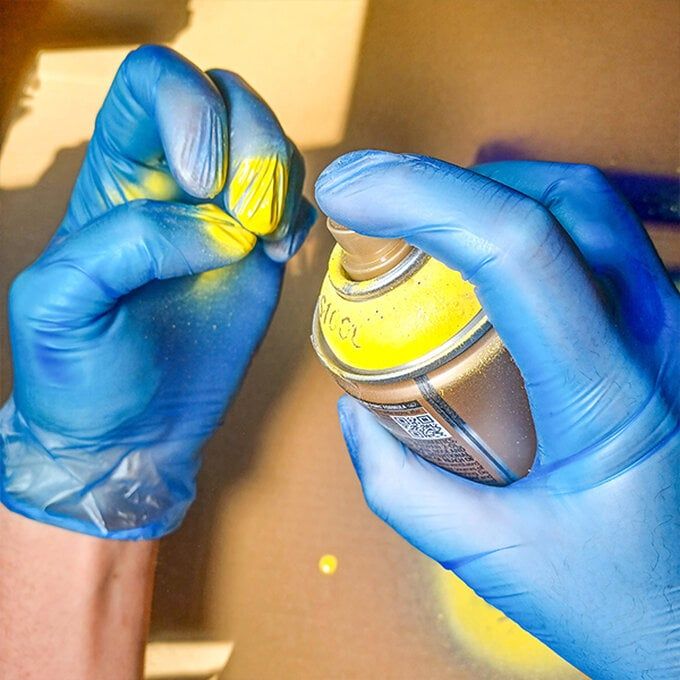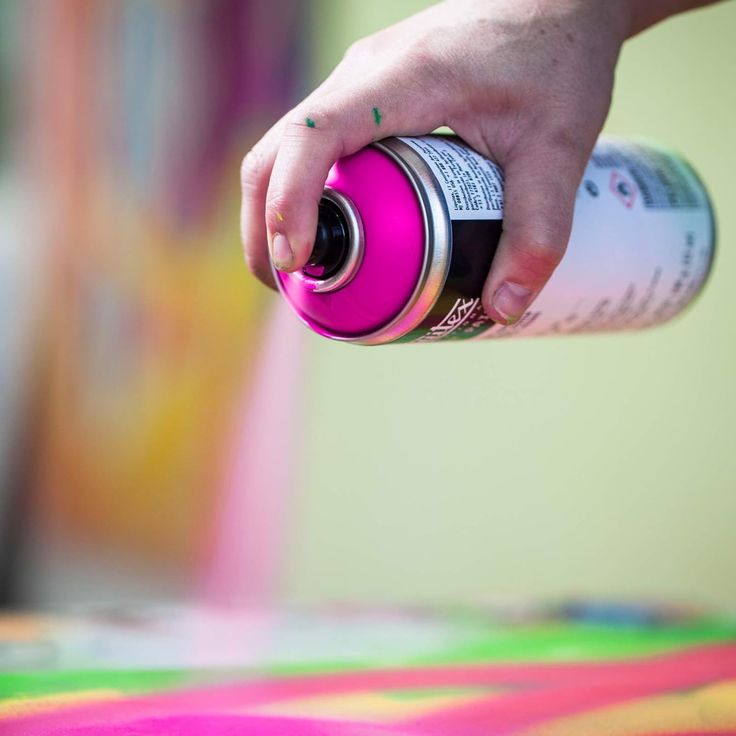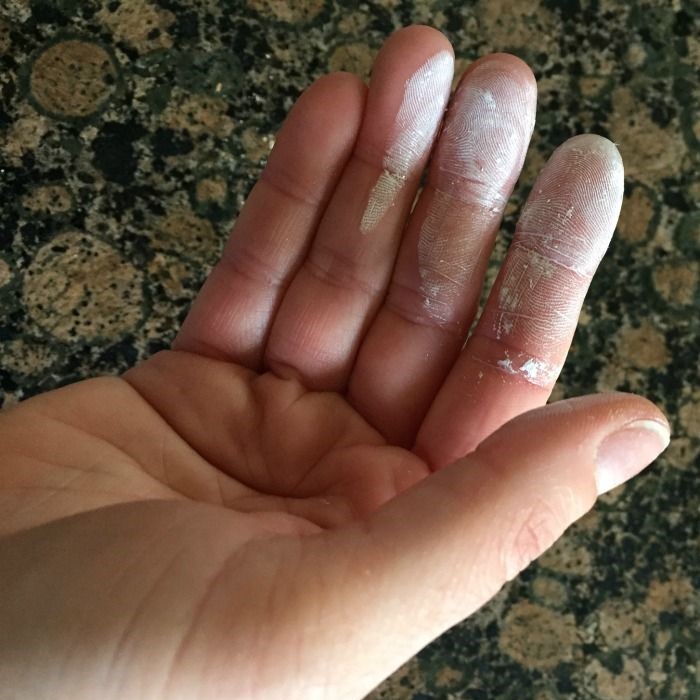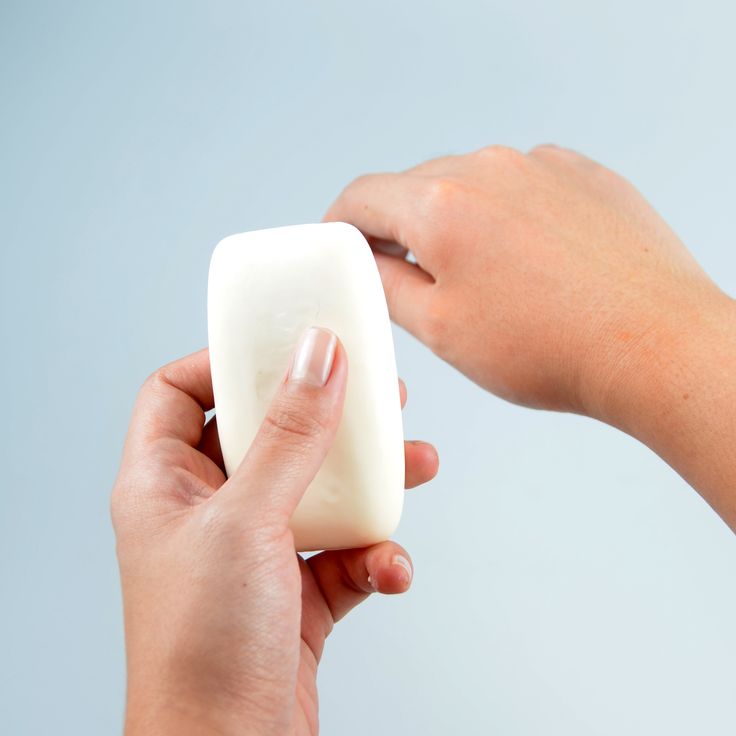Introduction: The Challenge of Spray Paint on Skin
Engaging in creative projects often involves using spray paint. While this medium can produce stunning results, it can also lead to unintended messes, particularly when paint ends up on your skin. The question of how to remove spray paint from skin is a common concern for DIYers and artists alike. As paint can contain harmful chemicals, it’s essential to address these stains quickly and effectively to minimize any exposure risks.
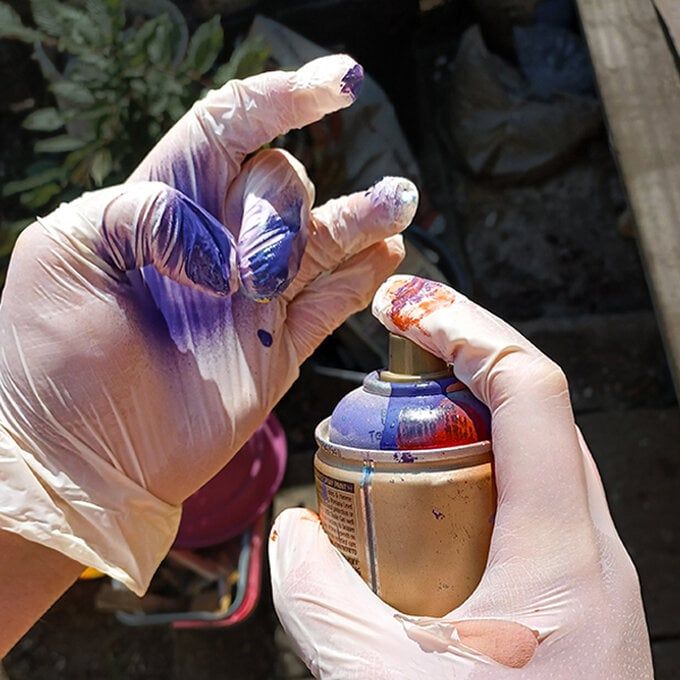
This guide provides a comprehensive overview of different methods for removing spray paint from skin. We will explore both natural remedies and commercial products, detailing their effectiveness and how to use them safely. By understanding the best practices, you can tackle paint spills with confidence and protect your skin.
Understanding Spray Paint Composition and Its Effects
1. The Composition of Spray Paint
- Chemical Components: Spray paint typically contains solvents, pigments, and propellants. The solvents dissolve the pigments, allowing them to aerosolize for even application. Understanding the composition helps you appreciate why spray paint can be challenging to remove from surfaces, including skin.
- Potential Irritants: The chemicals in spray paint can irritate the skin. Prolonged exposure increases the risk of redness, rashes, or allergic reactions. Therefore, prompt removal is key to mitigating these effects.
2. Skin Sensitivity Considerations
- Individual Differences: Everyone’s skin reacts differently to various substances. While some people may experience minimal irritation from spray paint, others with sensitive skin may develop a reaction easily. This variability emphasizes the importance of quick removal and caution.
- Age Factors: Children’s skin is generally more sensitive than adults’, making them more susceptible to irritation from spray paint. When working around kids, it’s crucial to be extra vigilant about preventing paint contact with their skin.
Effective Methods for Removing Spray Paint from Skin
1. Soap and Water: The First Line of Defense
Basic Cleaning Approach
- Effective Solution: How to remove spray paint from skin? For fresh spray paint stains, a simple mixture of soap and water can work wonders. This method is not only effective but also non-toxic, which makes it safe for various surfaces and users.
- Popular Choice: Due to its simplicity and safety, this cleaning approach is often the first choice for many individuals when addressing spray paint mishaps.
How to Use It
- Preparation: Begin the cleaning process by wetting the stained area with warm water. This helps to loosen the paint and prepares the surface for cleaning.
- Application of Soap: Next, apply a generous amount of hand soap or dish soap directly to the stained area. The soap acts as a lubricant and a cleaning agent to break down the paint.
- Scrubbing: Use your fingers or a soft cloth to gently scrub the area in a circular motion. This action helps lift the paint without damaging the underlying surface.
- Rinsing: After scrubbing, rinse the area thoroughly under running water. Ensure that both the soap and any remaining paint are completely washed away to avoid residue.
Limitations
- Fresh Stains Only: While this method is particularly effective for fresh paint stains, it may fall short when dealing with older, stubborn paint that has already dried.
- Additional Techniques Required: For paint that has set into a surface, additional removal techniques or specialized cleaning products may be necessary to achieve satisfactory results.
2. Using Oils: A Gentle Alternative
- Vegetable Oil or Olive Oil: Oils are often effective at breaking down paint residues without irritating the skin. Vegetable oil or olive oil can serve as gentle solvents for removing spray paint.
- Application Process: For this method, apply a small amount of oil to a cotton ball or soft cloth. Rub the oily cloth over the stained area for a few minutes, allowing the oil to penetrate and loosen the paint. Wash the skin with soap and water afterward to remove any residual oil.
- Benefits: This method is particularly advantageous as it moisturizes the skin while effectively removing paint. It’s suitable for larger areas and relatively safe for sensitive skin.
3. Isopropyl Alcohol or Hand Sanitizer
- Strength of Alcohol: Rubbing alcohol is a more potent solution than soap and water. It acts as a solvent, breaking down the bond between the skin and the paint.
- How to Apply: Dampen a clean cotton pad or cloth with isopropyl alcohol. Gently rub the cotton pad over the painted skin until you see the paint start to dissolve. Rinse thoroughly with soap and water afterward to remove any alcohol residue.
- Precautions: While effective, alcohol can dry out the skin. After using this method, it is wise to apply a lotion or moisturizer to prevent irritation or chapping.
Commercial Solutions: When Home Remedies Aren’t Enough
1. Commercial Paint Thinner
- Use with Care: Paint thinner is a strong solvent that can efficiently remove stubborn spray paint. However, caution is paramount when using it on skin due to its harshness.
- Application Method: Apply a small amount of paint thinner to a cotton ball and dab it on the affected area. Gently rub until the paint begins to lift. Wash the area thoroughly with soap and water afterward.
- Safety Measures: Always work in a well-ventilated area and avoid using paint thinner on sensitive skin. It’s essential to understand manufacturer guidelines and safety procedures when using such products.
2. Specialty Paint Removers
- Targeted Formulations: Some commercial products are specifically formulated to remove paint from skin. These products typically contain skin-safe solvents designed to remove paint without causing irritation.
- Using Specialty Products: Follow the manufacturer’s directions for use. Generally, you’ll apply the product to the stained area and rub gently until the paint is dissolved. Rinse thoroughly afterward.
- Effectiveness and Considerations: These products can be highly effective, but they may vary in price. Always read reviews and product details to choose the best option for your needs.
Preventing Accidental Paint Contact
1. Protective Gear is Key
- Wearing Gloves: Wearing disposable gloves is crucial when using spray paint. This simple precaution minimizes the chances of paint getting on your skin and reduces mess.
- Protective Clothing: Opt for long sleeves and old clothing that you don’t mind staining. Protective eyewear is also recommended to prevent paint from getting into your eyes.
2. Working Environment
- Choose the Right Location: When using spray paint, select a well-ventilated area away from high-traffic zones. This reduces the likelihood of accidental contact with skin.
- Setting Up Properly: Create a dedicated workspace for spray painting that is equipped with drop cloths to protect surfaces. A prepared space helps contain any overspray and makes cleanup easier.
Dealing with Spray Paint on Sensitive Areas
1. Face and Neck Considerations
- Gentle Removal: If spray paint gets on the face or neck, it’s crucial to be gentle. Start with soap and water, using a soft cloth. If that fails, consider using a small amount of oil or a gentle facial cleanser.
- Precautions for Sensitive Skin: Avoid using harsh chemicals or solvents on facial skin, as this can cause irritation. Always perform a patch test on a less visible area if using new products.
2. Treating Eye Exposure
Immediate Rinse
- Quick Action Required: If spray paint accidentally comes into contact with your eyes, it is crucial to take immediate action. Rinsing your eyes as soon as possible can significantly reduce potential damage.
- Use Plenty of Water: Rinse your eyes thoroughly with a generous amount of clean water. It is important to ensure that water flows over the eyes for an extended period to help flush out any paint particles effectively.
- Monitor Symptoms: After rinsing, pay close attention to any symptoms. If you continue to experience irritation, redness, or discomfort, do not hesitate to seek medical attention. Professional assistance may be necessary to prevent long-term damage.
Safety First
- Importance of Protective Gear: To prevent overspray from getting into your eyes while spraying paint, wearing goggles is essential. This simple step is a proactive measure that can help avoid accidents.
- Effective Prevention: Goggles serve as one of the best forms of protection against harmful substances. They create a barrier that keeps paint particles away from your eyes, ensuring your safety during the painting process.
- Choosing the Right Goggles: Opt for goggles that fit snugly and offer full coverage around the eyes. This ensures maximum protection against overspray and other potential hazards associated with spray painting.
Conclusion: Safely Handling Spray Paint Mishaps
Ultimately, knowing how to remove spray paint from skin effectively can save time and prevent stress during your painting projects. Various methods, from simple soap and water to household oils and commercial solutions, provide effective ways to lift paint stains while being mindful of skin health.
Always prioritize safety with preventative measures, such as wearing gloves and protective clothing. When mishaps occur, having the right tools and techniques readily available can help you navigate the situation with confidence. With this knowledge, you can fully enjoy your creative projects without fear of paint stains affecting your skin. Embrace the fun and creativity of painting, and remember: accidents can be resolved with the right knowledge and preparation!
